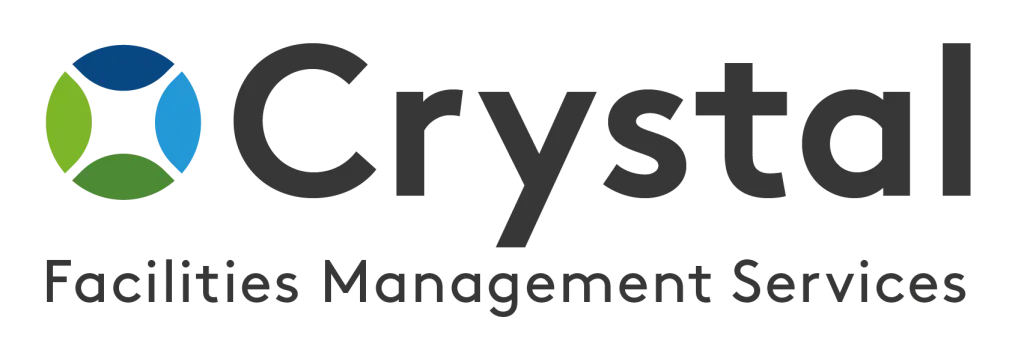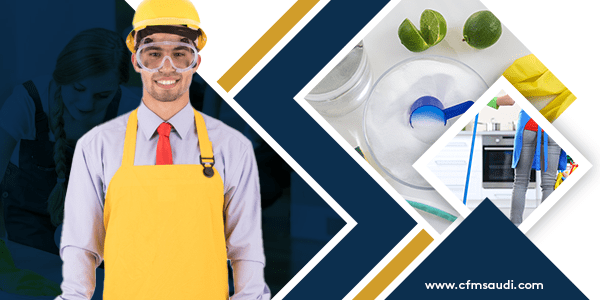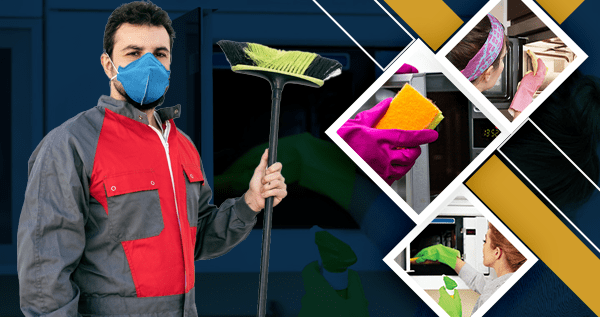Innovative Technologies Revolutionizing Higher Education Cleaning and Maintenance
Higher education institutions serve as the foundation for the next generation of leaders, scholars, and professionals. With thousands of students, faculty, and staff members bustling through their doors each day, cleanliness and maintenance are paramount to ensuring a healthy and productive learning environment. While traditional cleaning and maintenance methods have proven effective, the advent of innovative technologies has revolutionized the way higher education facilities are maintained. In this article, we will explore some of these groundbreaking technologies and the impact they have in improving the cleanliness and maintenance of higher education institutions.
The Importance of a Clean and Well-Maintained Higher Education Facility
A clean and well-maintained higher education facility plays a crucial role in creating a positive learning environment. It not only enhances the aesthetic appeal of the premises but also affects the overall health and well-being of the occupants. A clean environment helps reduce the spread of germs and infections, leading to fewer sick days for students and staff. Additionally, a well-maintained facility provides a sense of pride and professionalism, boosting the reputation of the institution.
Emerging Technologies in Higher Education Cleaning
1. Robotics
One of the most exciting advancements in cleaning technology is the use of robotics. Robots equipped with state-of-the-art sensors and artificial intelligence algorithms are capable of performing various cleaning tasks autonomously. They can navigate through complex environments, detect obstacles, and efficiently clean floors, windows, and carpets. These robots not only improve cleaning efficiency but also free up human resources to focus on more specialized tasks.
2. Self-cleaning Surfaces
Self-cleaning surfaces have gained significant popularity in recent years. These innovative materials possess properties that allow them to repel dirt, dust, and stains, minimizing the need for regular cleaning. For instance, self-cleaning coatings on windows can break down organic material when exposed to UV light, reducing the frequency of window cleaning. Incorporating self-cleaning surfaces into higher education facilities can greatly reduce maintenance costs and labor requirements.
3. UV-C Disinfection
Ultraviolet germicidal irradiation, commonly known as UV-C disinfection, is a technology that utilizes short-wavelength ultraviolet light to kill or inactivate microorganisms. UV-C disinfection systems are capable of eliminating bacteria, viruses, and other harmful pathogens present in the air and on surfaces. These systems are highly effective, quick, and chemical-free, making them an ideal solution for disinfecting classrooms, laboratories, and common areas in higher education institutions.
4. Internet of Things (IoT)
The Internet of Things (IoT) has revolutionized various industries, and the cleaning and maintenance sector is no exception. IoT-enabled devices such as smart sensors and connected cleaning equipment can monitor and collect data in real-time. This data can be used to optimize cleaning schedules, identify high-traffic areas that require additional attention, and track the usage of consumables. By leveraging IoT technology, higher education institutions can enhance their cleaning and maintenance operations, resulting in improved efficiency and cost savings.
5. Electrostatic Sprayers
Electrostatic sprayers are handheld devices that charge disinfectant particles as they are sprayed, ensuring uniform coverage and adherence to surfaces. These sprayers are highly efficient in treating large areas and hard-to-reach spaces. Electrostatic spraying technology allows for quicker application and reduced chemical usage compared to traditional methods such as mopping or wiping. By incorporating electrostatic sprayers into their cleaning protocols, higher education institutions can achieve a higher level of disinfection and minimize the risk of disease transmission.
Benefits of Innovative Technologies in Higher Education Cleaning
The adoption of innovative technologies in higher education cleaning and maintenance brings forth numerous benefits:
1. Improved Efficiency
By automating various cleaning tasks through the use of robotics, higher education institutions can achieve improved efficiency. Robots can work autonomously and continuously without the need for breaks or supervision, ensuring thorough and consistent cleaning. Other technologies, such as IoT-enabled devices, allow for real-time monitoring and optimization of cleaning schedules, ensuring resources are allocated where they are needed the most.
2. Enhanced Health and Safety
Innovative cleaning technologies, such as UV-C disinfection and electrostatic sprayers, contribute to a healthier and safer learning environment. UV-C disinfection systems effectively eliminate harmful pathogens, reducing the risk of infections and diseases. Electrostatic sprayers ensure thorough disinfection by providing uniform coverage and adherence to surfaces. By incorporating these technologies, higher education institutions can prioritize the health and well-being of students, faculty, and staff.
3. Cost Savings
While the initial investment in innovative cleaning technologies may seem significant, they often result in long-term cost savings. Robots and IoT-enabled devices reduce labor costs by automating repetitive tasks and optimizing resource allocation. Self-cleaning surfaces minimize the need for frequent cleaning and maintenance, reducing the consumption of cleaning supplies and labor hours. Adopting these technologies allows higher education institutions to allocate their financial resources more efficiently.
4. Environmental Sustainability
Innovative cleaning technologies contribute to environmental sustainability by reducing water and chemical usage. Robots and IoT-enabled devices use precise amounts of water and cleaning solutions, minimizing waste. Self-cleaning surfaces eliminate the need for chemical-based cleaning products. Moreover, the data collected through IoT-enabled devices can be used to identify areas of improvement, leading to more sustainable cleaning practices.
Crystal Facilities Management: Revolutionizing Higher Education Cleaning
As a leading provider of cleaning services, Crystal Facilities Management is at the forefront of revolutionizing higher education cleaning. We leverage the latest innovative technologies to ensure the highest standards of cleanliness and maintenance in higher education institutions. Our team of experts is trained in using robotics, UV-C disinfection systems, electrostatic sprayers, and IoT-enabled devices to optimize cleaning operations.
At Crystal Facilities Management, we understand the unique cleaning and maintenance requirements of higher education facilities. We tailor our services to meet the specific needs of each institution, ensuring a clean, safe, and healthy environment for students, faculty, and staff. By employing advanced technologies, we achieve improved efficiency, cost savings, and environmental sustainability.
Join hands with Crystal Facilities Management and experience the unparalleled benefits of innovative technologies in higher education cleaning and maintenance. Contact our team today and let us transform your facility into a clean and thriving learning environment.












